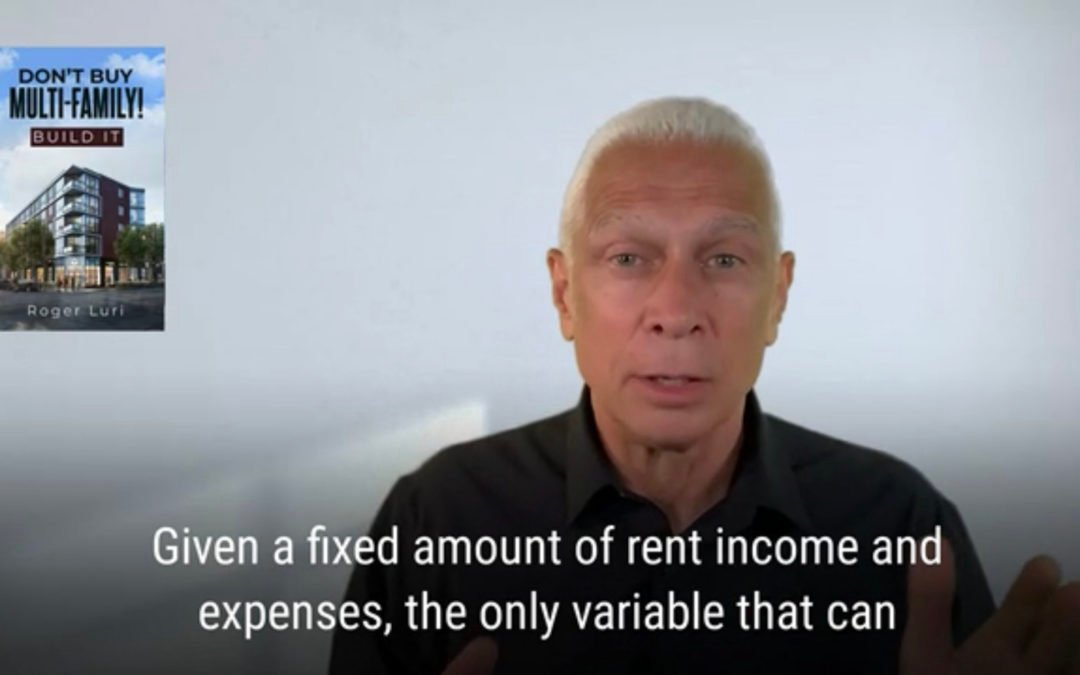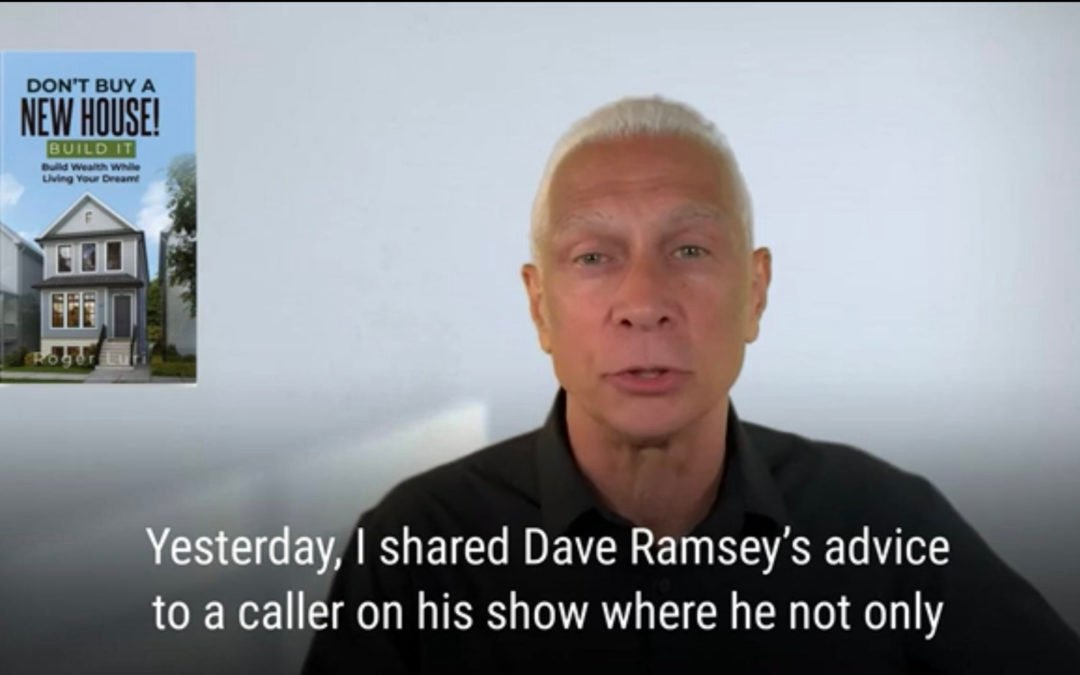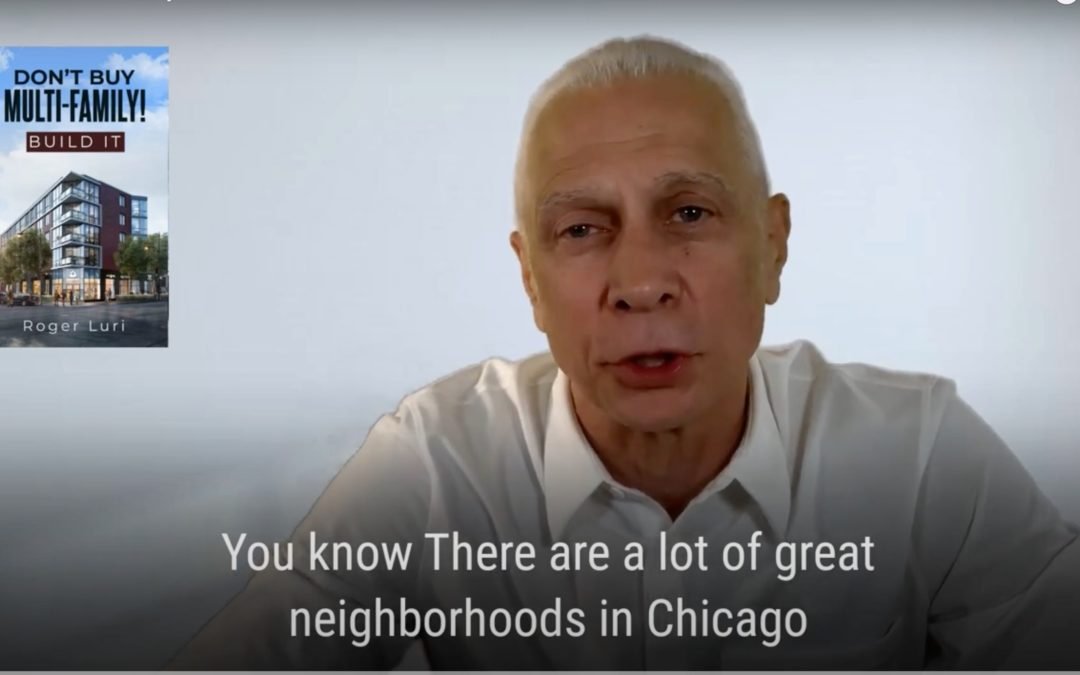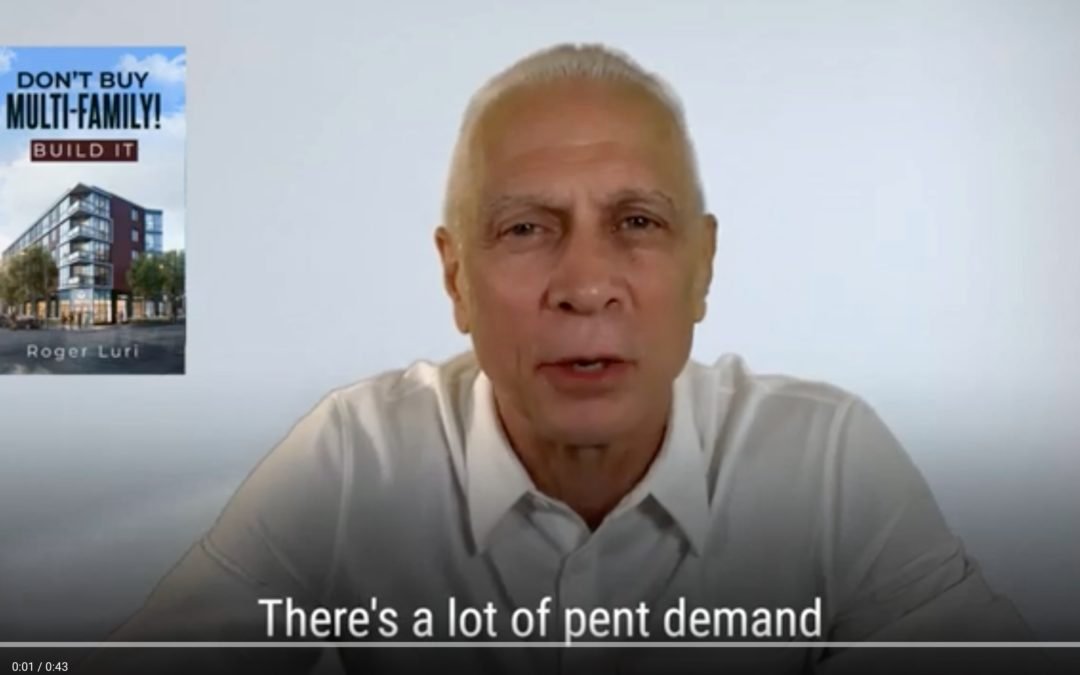People often talk about houses appreciating, but what if I told you that this is actually a myth? What actually appreciates is the land that your house sits on.
The “sticks and bricks” and all the building components that make up your house itself actually start losing value as soon as they leave the supplier, just like any other items you buy new at the store and bring home to use.
The appreciation that you see in your home’s value over the years includes the appreciation in land value plus the affect of inflation on replacement value (which includes both labor and materials).
In other words, the cost to build a new house keeps going up, so an older house gets a bump from inflation.
Still, This value is actually reduced by the depreciation of the existing structure. As the existing structure loses value over the years, at some point, the value is equal to the land value.
When you are close to this point, unless you are talking about major renovations, any money that you put into fixing it up is basically down the drain because it will still only be worth land value.
The repairs / renovations will just not be enough for a buyer to think it’s in move in condition, so it will still only appeal to a buyer who wants to tear it down.
That’s why you always want to look at any major renovation project very carefully and extrapolate the future value of your home.
In other words:
1. Value today?
(Estimated renovation cost)
2. Value after planned renovation?
3. Value estimated upon future sale?
For #3 you’ll need to estimate how long you’ll probably stay in your home.
What we see is that when we renovate, the finishes seem new to a buyer for the first few years. After a few years, finishes begin to seem dated and negatively affect the price.
If you own a property that is in need of some major work, you’ll want to get a professional to help you to evaluate your options.
I find that often, people are surprised when they look at the numbers.
It can make a substantial difference to your bottom line.
✅ Get New Book on Amazon:
Don’t Buy a New House! BUILD IT https://www.amazon.com/gp/product/B09PRTVBMH/
Of course It’s going to take some effort on your part and it’s definitely not for everybody, but if you enjoy creating new things in your life and building wealth in the process, it will be a lot of fun for you.
✅ Amazon Author Page: https://www.amazon.com/author/rogerluri_________________________
✅ Let’s connect:
YouTube: https://bit.ly/LD2YouTube
Linkedin: https://www.linkedin.com/company/ld2-development/
Facebook: https://www.facebook.com/LD2Development/
Instagram: https://www.instagram.com/ld2development/









